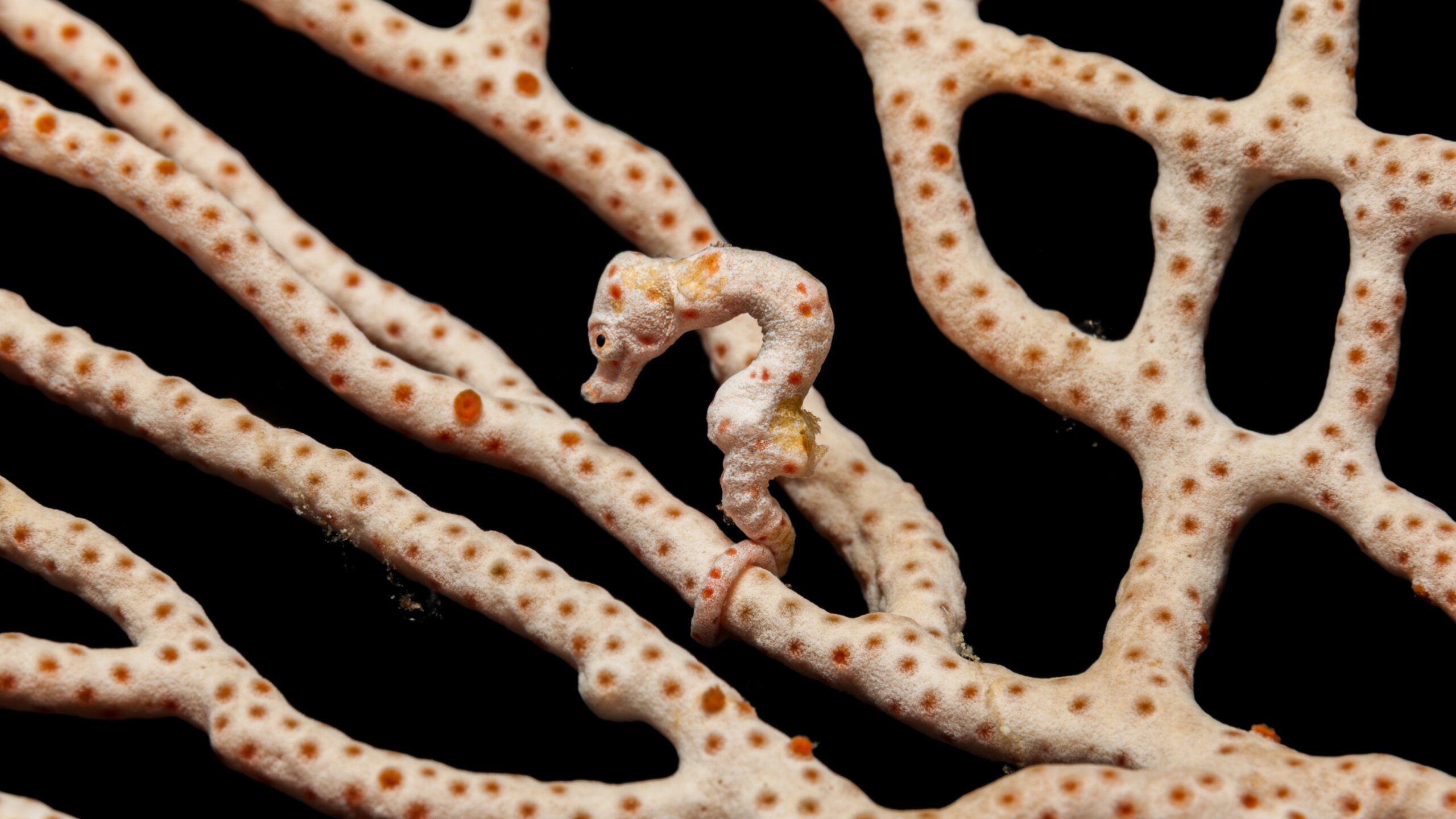
These incredible animals make for a nature-themed version of the book series, Where's Waldo?
Camouflage is an ability that allows animals to blend in with their environments and hide from predators (or prey), giving them a huge advantage in the game of survival.
By disguising themselves as something either threatening or nonthreatening, they are able to throw off their foes before making their attacks or getaways. The physical and chemical coloration involved in camouflage is determined by an animal's genetics, which is why the successfully camouflaged animals are more likely to pass on these traits to their offspring.
Much like the famous magician Harry Houdini, these animals create optical illusions that trick the brain and befuddle the mind.
Be sure to scroll through to the end to see a video of the highly intelligent mimic octopus at work on his various disguises!
1. Octopus
Octopuses are masters of natural camouflage! They have three ways to make it happen:
- An octopus can change muscles under its skin to make the skin look bumpy or smooth.
- An octopus can change the way it moves to better mimic its surroundings.
- An octopus can change the color of its skin, which helps it blend right in and avoid predators.
2. Mossy Leaf-Tailed Gecko
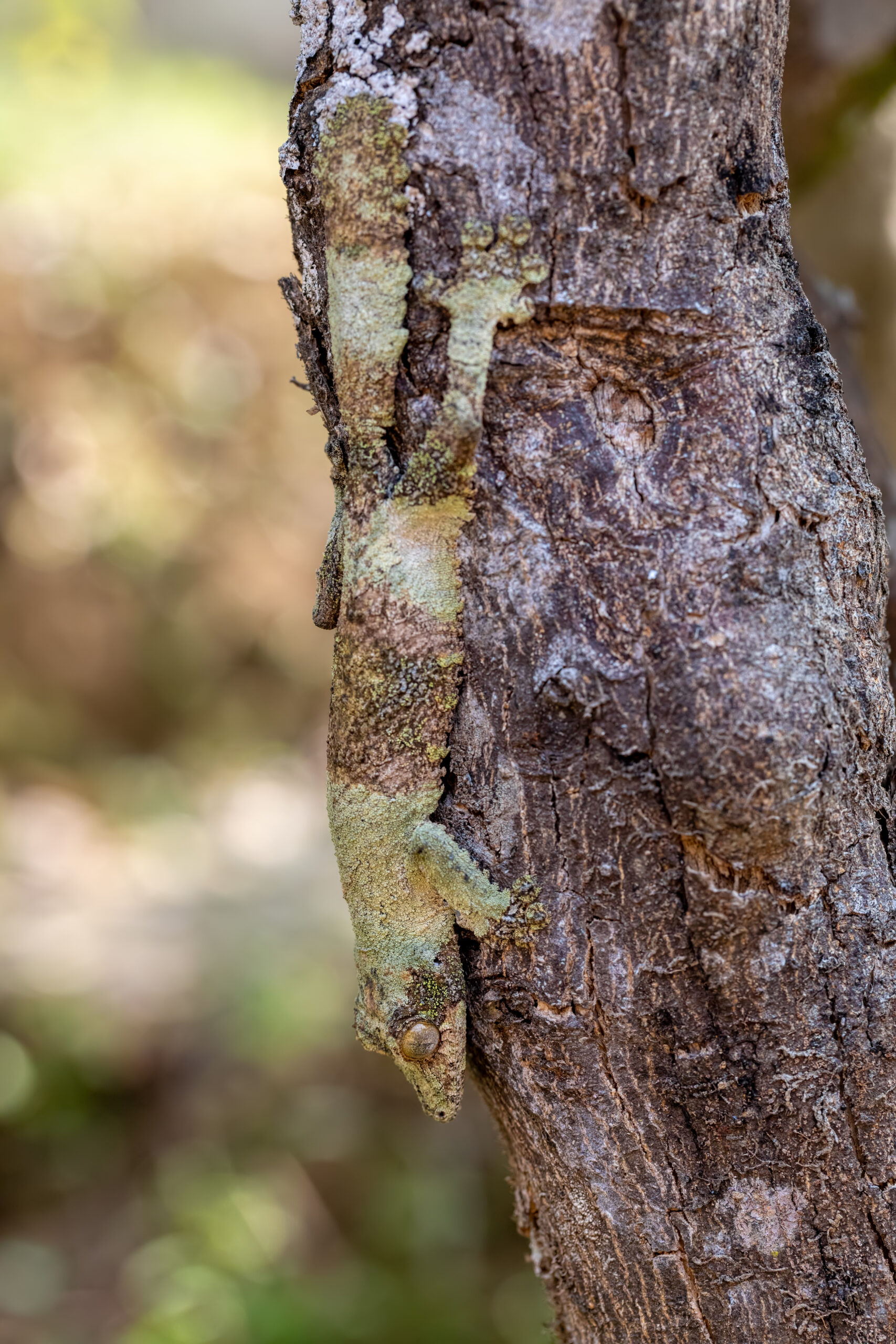
The mossy leaf-tailed gecko lives in trees, and the critters have come up with an ingenious way to hide from predators: They've developed moss- and bark-colored skin! The ever-clever cousin of the lizard can also change the color of its skin to more easily blend in with its surroundings.
More from LittleThings: Her Husband Of 30 Years Is Bitten By A Bloodsucking Fly And He Loses All Memory Of Her
3. Common Baron Caterpillar
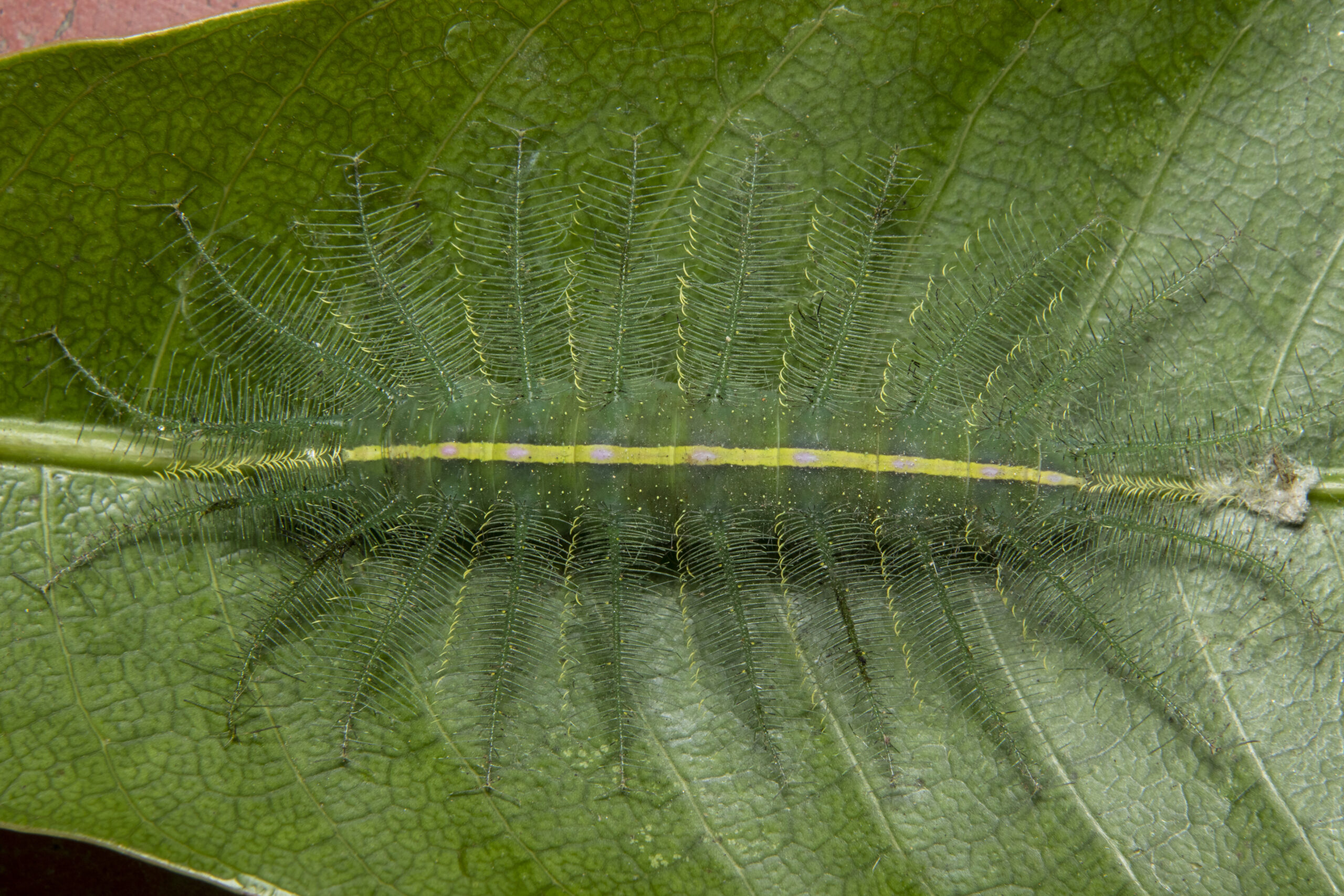
The common baron caterpillar is pretty cute, and its camouflage skills are definitely legit. When the caterpillar wants to go from a leaf to a branch to look for more food, it stretches out and looks exactly like the mango or cashew tree leaves it loves to munch on. Pretty clever!
4. Owl
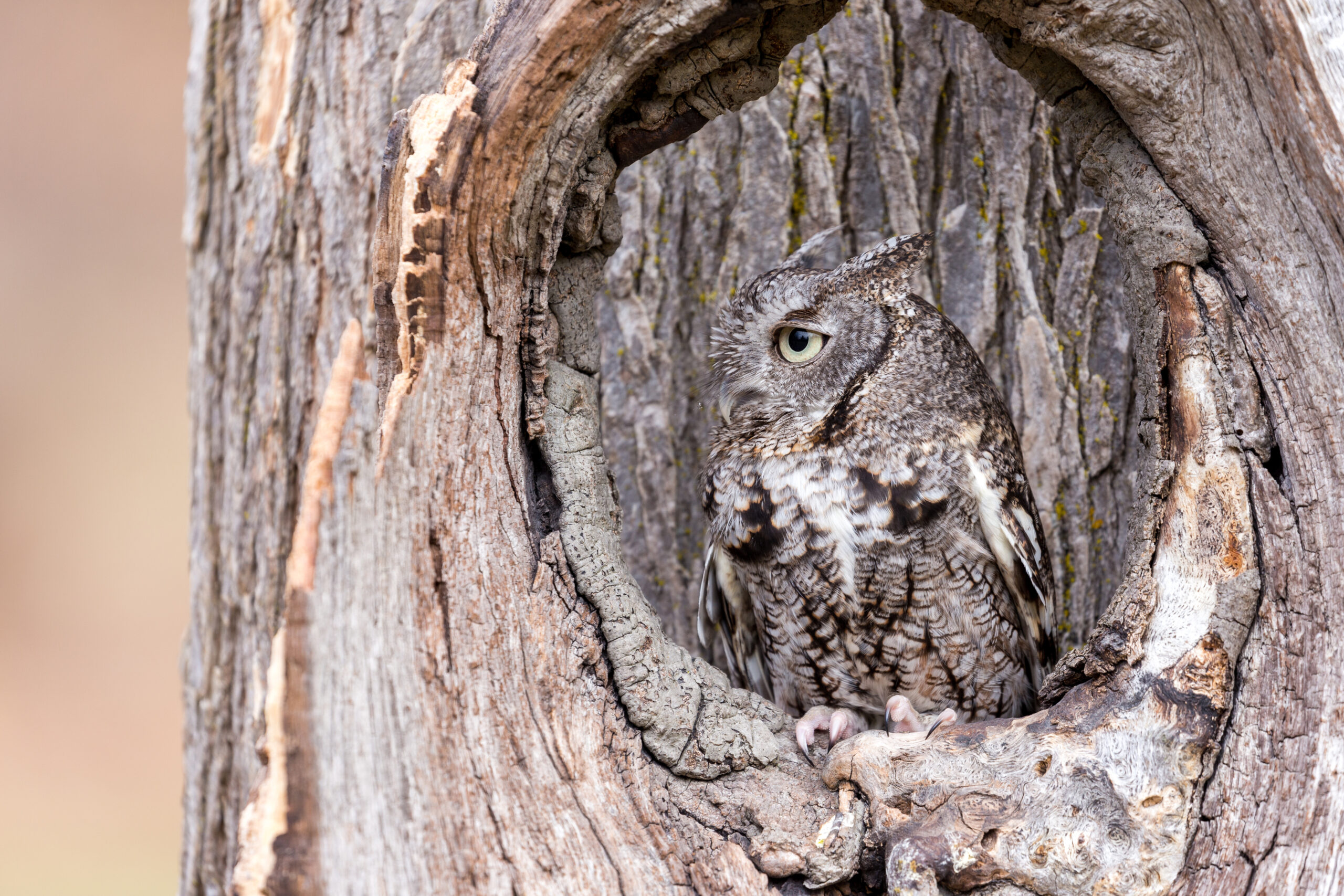
Owls have a whole host of ways that they can camouflage themselves. Some owls use their ear tufts. When the tufts are raised, they look a lot like branches or twigs, which can fool predators (or prey). It's a pretty sneaky way to make sure you're blending in, especially if you're on the hunt for dinner.
5. Snow Leopard
Snow leopards are notoriously stealthy, and when one wants to hide from a perceived threat (or to sneak up on prey it's stalking), it can be almost impossible to spot. They can blend in well with snowy or rocky terrain, which definitely gives them an advantage.
6. Frog
Most types of frogs use camouflage to evade predators. They all do it a little differently, though, which is part of the fun. For example, tree frogs in the US are some of the best camouflaged animals in the world — they are able to change their color to totally blend in with the bark of the tree they are on.
7. Mimic Octopus
The mimic octopus is pretty cool. The creature can change the texture of its skin to mimic others around itself, making it pretty easy to blend in and go unnoticed. In fact, it's believed that the mimic octopus can take the shape and color of any animal around it.
8. Pygmy Seahorse
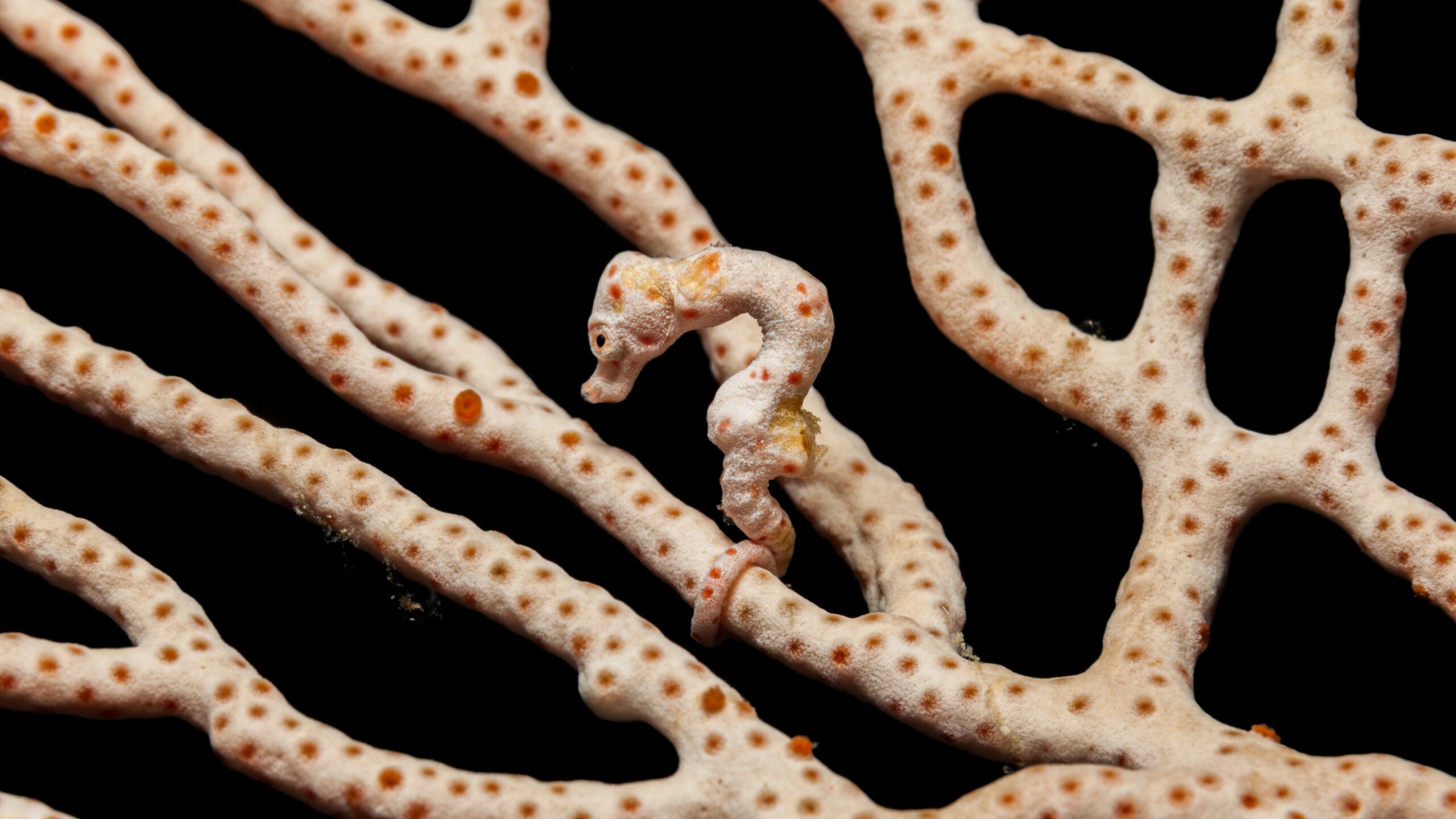
The pygmy seahorse is so good at hiding itself that it wasn't even discovered until 1960, and then scientists couldn't find new species until 2000! They're also pretty fast, and they can reportedly send themselves scurrying away from perceived threats at speeds of up to 500 body lengths per second.
9. Orchid Mantis
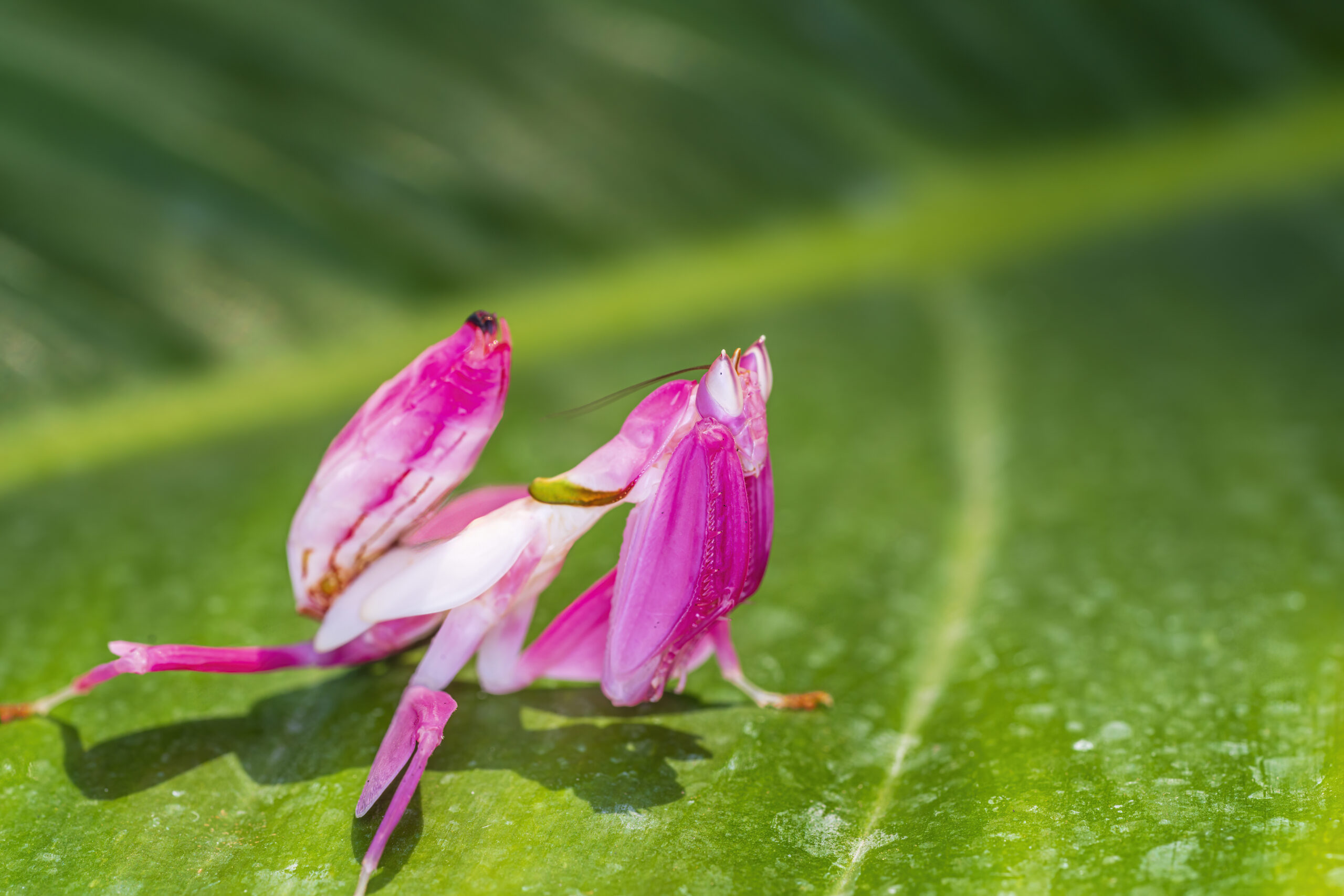
This mantis has learned to mimic flowers as a way to hide from anyone who is trying to find it. The skill is known as "cryptic mimicry," and the mantis is just one of the creatures that can pull it off. While it is called an orchid mantis, scientists have determined its mimicry is more generalized to any type of flower.
10. Peringuey's Viper
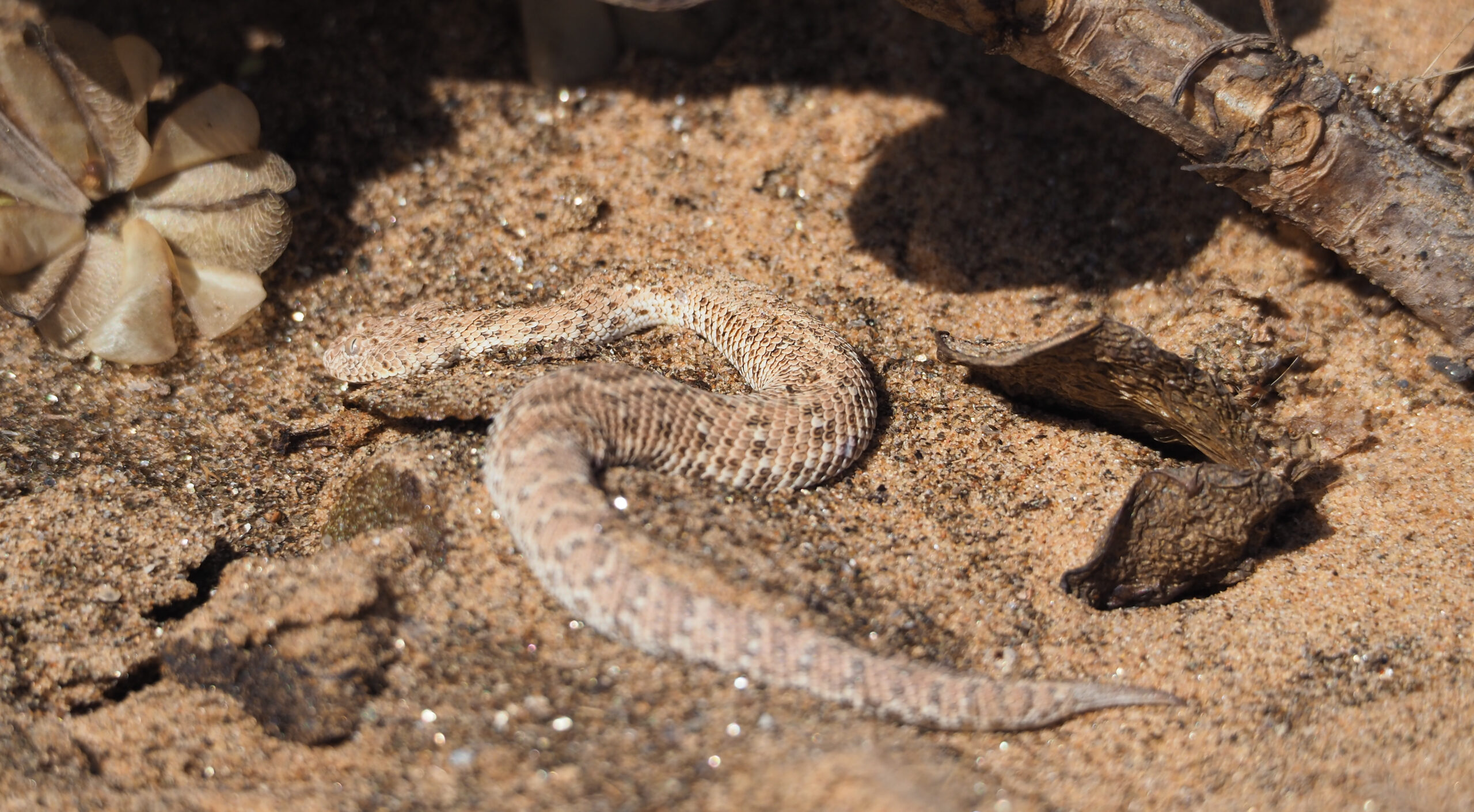
This snake is especially adept at blending in with sand, which makes its home of the Namib Desert in Nairobi pretty perfect. The skin of the snake is the same color and design as the sand and rocks that it lives in.
11. Leaf-Tailed Gecko
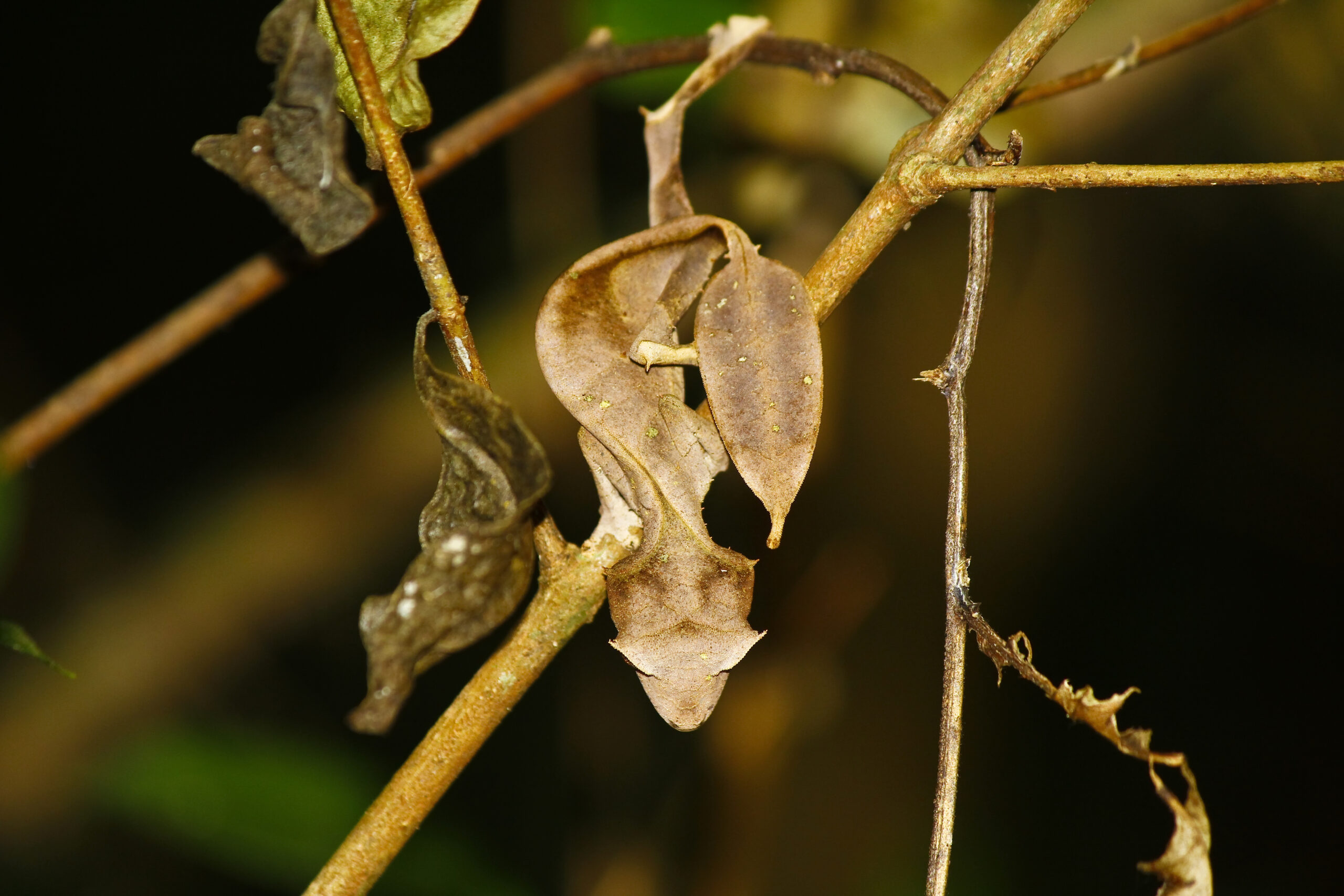
Leaf-tailed geckos are named after the leaf-like tails they have, and they are often brown or green in color. This makes it easy for the geckos to blend in with their surroundings and offers a pretty impressive sight if you do manage to see one.
12. Jaguar
The pattern of the jaguar is often described as "rosettes," and the shape and color make it easy for the big cat to fit right into its jungle habitat. Each spot usually has one or two dots, but the shapes can vary widely.
13. Peppered Moth
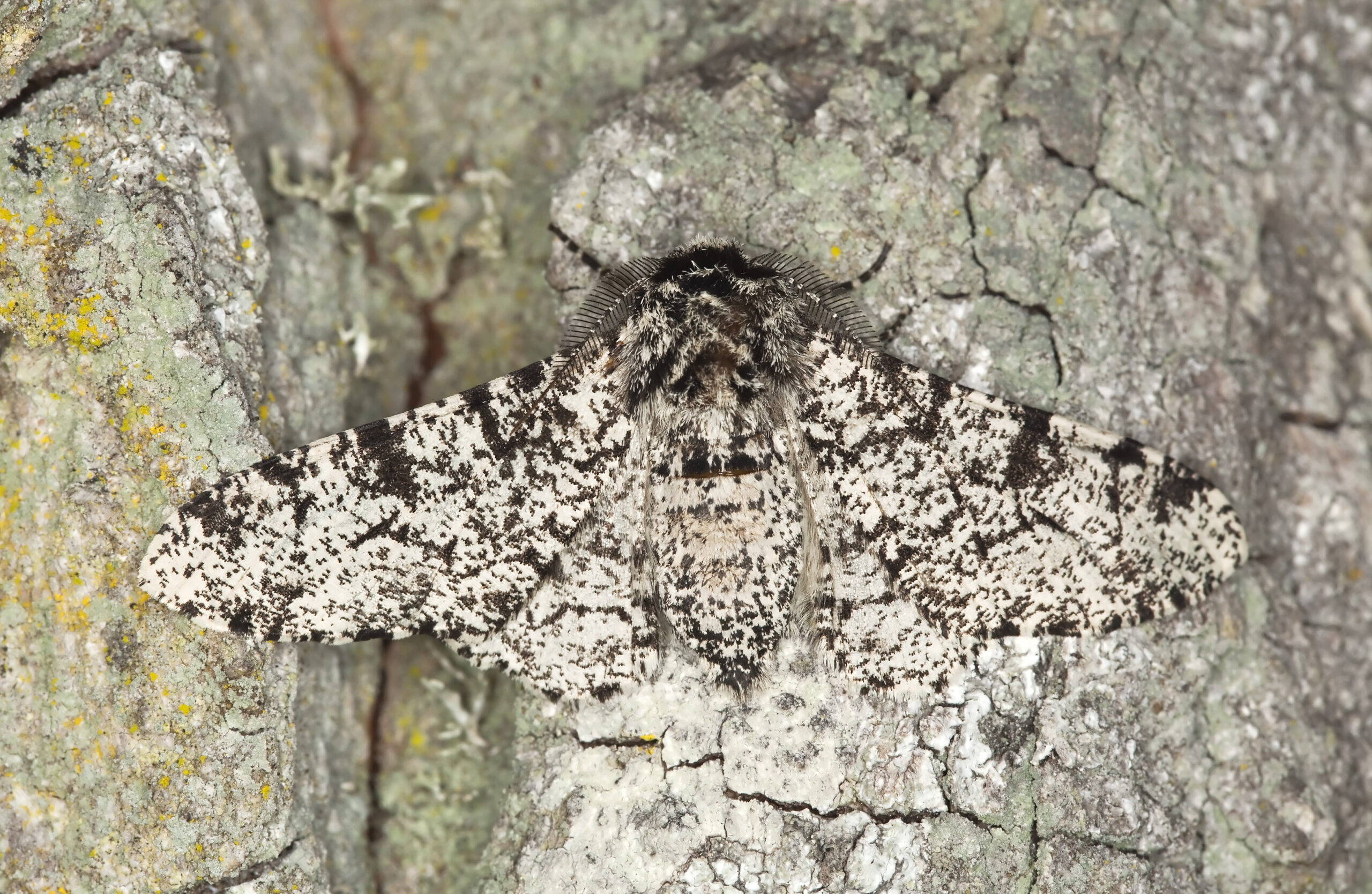
The peppered moth is native to Britain and Ireland, and it is often found in backyard gardens. The moth is white with black speckles, which makes it easy for it to blend in with the lichen-covered trees that it often perches on.
14. Giraffe
As just about any avid reader of National Geographic Kids will tell you, giraffes are masters of camouflage. Their brown-and-white spots help the tall creatures blend in perfectly with the trees in their native habitat, which is a huge boon considering that giraffes are mighty tall.
15. Katydid
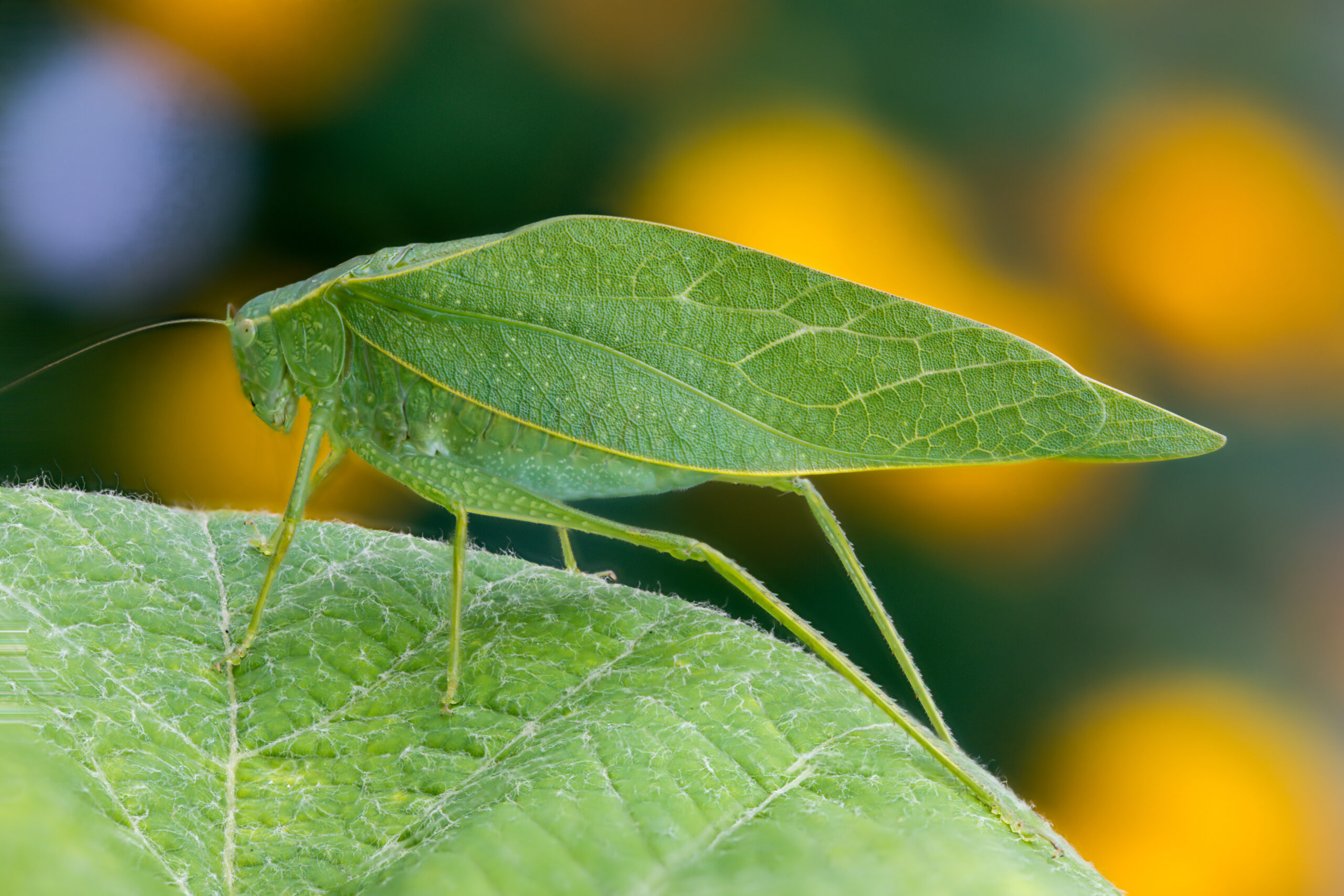
Katydids are another example of animals that are camouflaged to blend in with the leaves that they feed on. As a fun note, katydids rub their front legs together to make the sweet sound you hear when they "chirp!"
16. Stick Insect
A stick insect can remain motionless for hours, and it will also sometimes gently rock back and forth in a breeze. Both of these traits help it really look like a stick or twig, and the vegetation that surrounds the bug in its native home helps dissuade predators from taking a bite.




